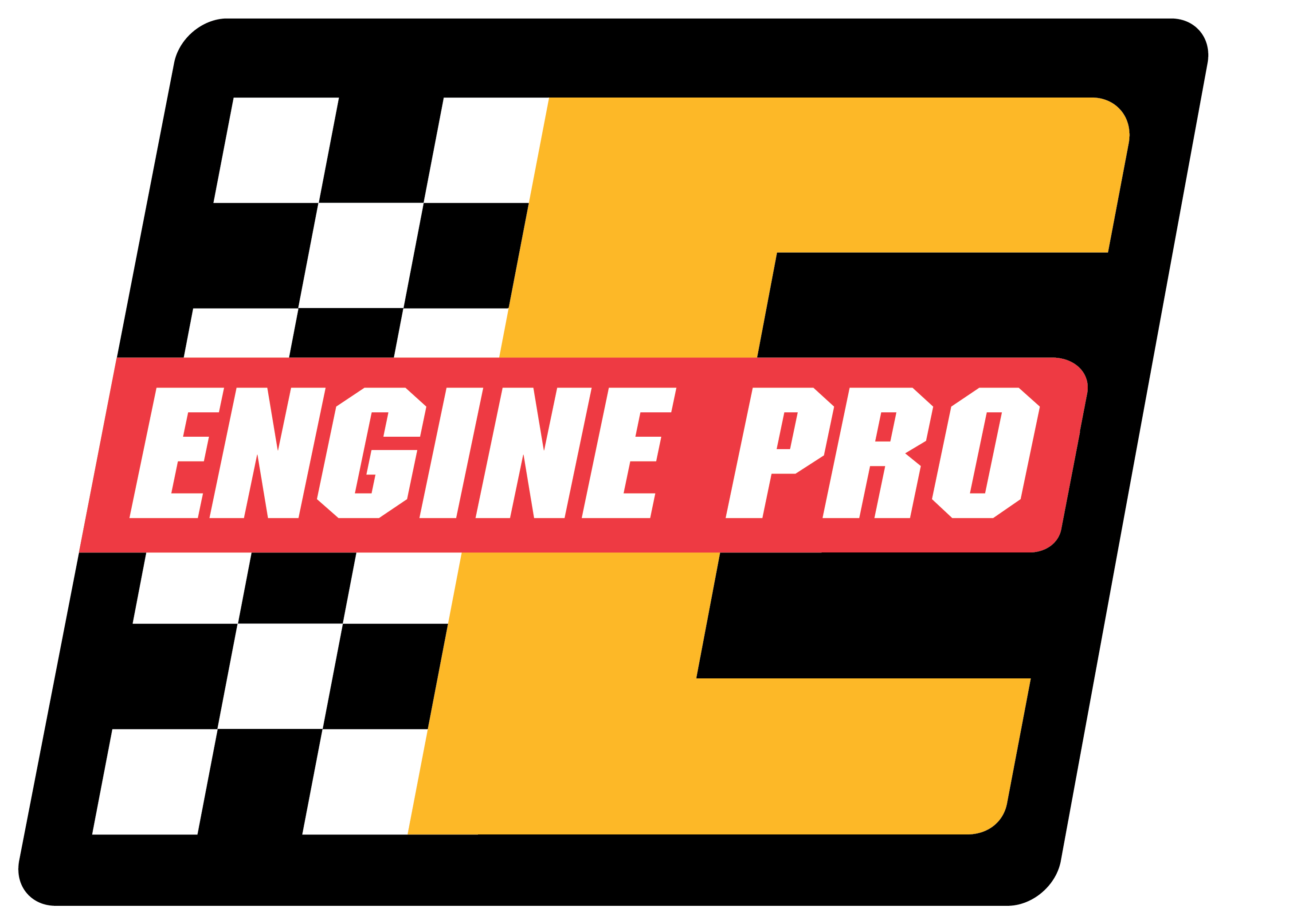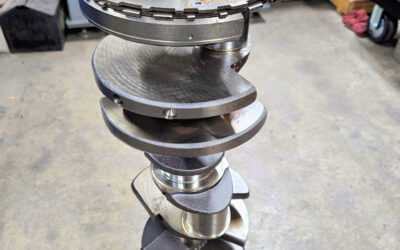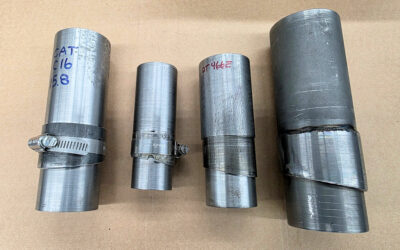BEARING CRUSH AND VERTICAL CLEARANCE
One of the most important factors in engine bearing design is a proper fit between the bearing and housing. Except for thrust washers, nearly all bearings are an interference fit. This means the bearing is slightly larger than the hole it fits into. In bushings, we refer to this as “Press Fit”. In half shell bearings it’s called “Crush”. The bearing ends extend slightly beyond the split line of the housing. The bearings are compressed or crushed down into the housing as the bolts are tightened. This creates a radial contact pressure that holds the bearings tight. Bushings are held by a similar radial pressure as a result of being “pressed” into their housing. We said crush produces a radial contact pressure between the bearing and housing which holds the bearing in place. This radial contact pressure pushes out against the housing and actually causes the housing to become slightly larger. We call this growth “housing bore displacement”. When the housing displaces there is a corresponding increase in clearance. Typically, connecting rod bore displacement due to crush is about .0005”; main and cam bearing bore displacements are about .0003”. To determine a bearing’s vertical clearance (clearance along rod or block centerline) start with housing diameter and subtract bearing centerline wall thicknesses (remember there are 2-shells) then subtract shaft diameter. What is left is “theoretical vertical clearance”. If the rod bearing clearance range shown in the catalog is .0007/.0033” it is .0005” more than the theoretical value calculated. The values shown in the catalog represent the actual assembled vertical clearance range which will occur when the parts are installed. The locating lug on a half shell bearing registers with a mating slot in the housing to locate the bearing shell. The lug is not in- tended to prevent bearing rotation. Crush holds the bearings in place and prevents spinning just as press fit holds bushings in place which have no locating lugs. Lugs can be positioned differently on upper and lower halves or varied in width to prevent misassembly. A number of late-model engines have even eliminated the location lug completely Regardless of lug or no lug, proper positioning of a crankshaft bearing is essential to ensure oil hole alignment with the housing and to prevent interference between the edge of the bearing and the crankshaft fillet radius.
Engine Pro Technical Committee
with thanks to Mahle Aftermarket Inc.
September, 2014




